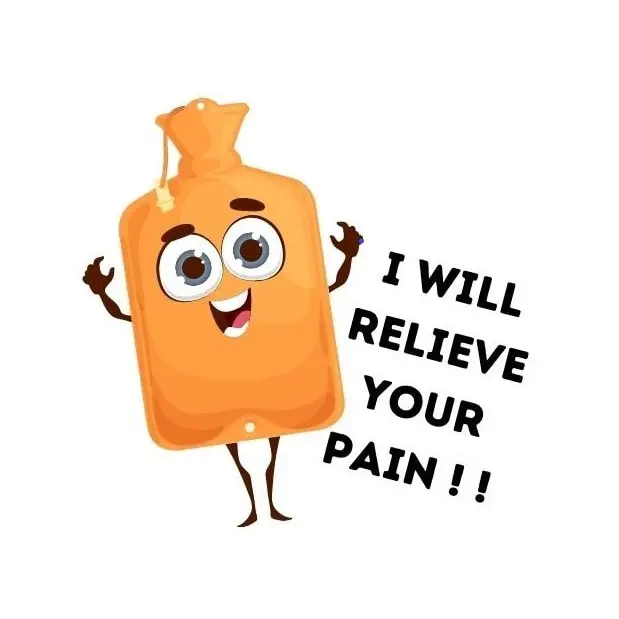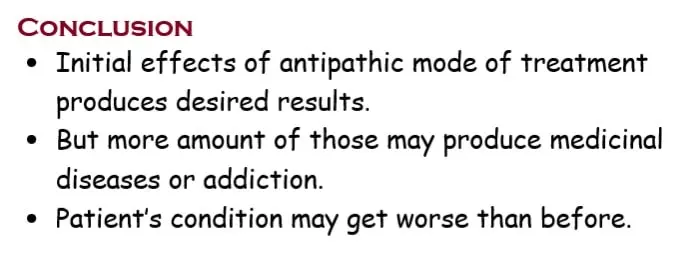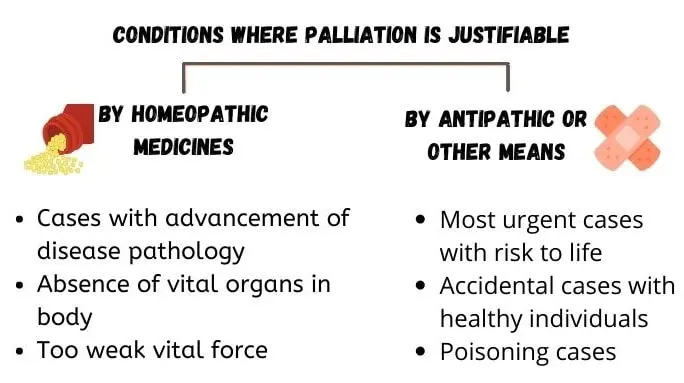
Palliative method of treatment in homeopathy is one of the most discussed topics among homeopaths.
Medical science is constantly evolving along with scientific discoveries and advancements in art, literature, philosophy, spirituality, technology etc.
There was a time when medical practices were mainly focused on to alleviate (relieve) the disease symptoms or pain of the patients.
When a person gets ill, injured or infected, the affected body parts or whole-body causes feeling of pain or discomfort.
Our body produces some natural pain-relieving substances itself. But when there is the case of extreme pain or discomfort, body has its own limitations.
When this pain becomes unbearable it is natural for a person to seek comfort in some or other way.
With the progress of modern medicine, a wide range of pain-killing substances have been discovered.
(Read here, the history of ancient medicine in detail by following the link)
Table of Contents
ToggleWord Meaning of Palliation
The word palliation (PA-lee-AY-shun) simply means to relieve, to alleviate or to ease.
Definition of Palliation
Palliation is defined as temporary relief of most annoying symptoms of the disease in order to ease the distressed state of the patient.
What is Palliative Method of treatment?
Palliative method of treatment is also known as antipathic mode of treatment.
ANTIPATHY = Anti (opposite) + Pathos (suffering)
Principle
“CONTRARIA CONTRARIS CURANTER”
English meaning- “Opposite Cures Opposite”.
That means treatment of diseases by producing exactly opposite symptoms of the disease symptoms.
Dr. Hahnemann termed this system as Enantiopathic mode of treatment (Enantio means opposite).
Let’s understand from some examples,
- To a case of Diarrhoea, a remedy prescribed that can produce constipation.
- To a patient with complain of Insomnia (sleeplessness) a medicine is given that can induce sleep by sedation.
i.e., Opposite condition of the patient’s suffering.
- To a case of sunburn, application of ointment on affected parts that can make them feel cold according to the palliative mode of treatment.
But here’s the thing,
Diseases can not be cured by opposite medical treatments
↓
When we apply palliative method of treatment, initially the disease seems like to be reduced in the intensity
↓
But, chances of reappearance of disease shortly after the exhaustion of remedial effect
↓
Sometimes, the condition of the patient becomes more serious than before

There are many diseases like Recurrent allergic conditions, Rheumatism, Chronic Skin Diseases, Psychological Disorders, Hypertension, Diabetes, Renal Calculi etc. remains seemingly incurable.
These patients are constantly given palliative medicines. But disease symptoms tend to reappear after the effect of medicine get exhausted.
Because only removal (or disappearance) of physical discomfort or most irritating symptoms does not mean that the person is free from disease.
Permanent restoration of the whole bodily system by most harmless and appropriate method is the true meaning of cure.
(Read here the concept of cure in homeopathy)

Palliation in homeopathy
Hippocrates supported two laws of medicines,
- Law of Similars
- Law of Dissimilars
According to him, cure is only possible by following the law of similars.
(Read the LAW OF SIMILARS by following the link).
The law of dissimilars /Antipathic mode of treatment should be used when the patient’s disease condition is incurable.
- Homeopathic medical system is based on the law of similars.
- A medicine is carefully selected on the basis of symptoms similarity (by comparing patient’s symptoms with proved medicinal symptoms).
- Now, vital force of body is being stimulated by a similar but stronger medicine than patient’s disease condition.
- Vital force tries to restore the previous healthy state of patient.
(Read the concept of health in detail here) In other words, organism itself heals the disease in a natural curative way.
When do we require palliative method of treatment?
There are some conditions of patients where palliative method of treatment is justifiable.
Methods of palliation
Here I have described two methods of palliation
- Palliation by homeopathic medicines
- Palliation by other methods
1. Palliation by homeopathic medicines
- Cases with advancement of disease pathology
Examples are Metastatic cancer, Chronic renal diseases, Osteoarthritic changes in joints etc.
- When irreversible structural changes have taken place.
- Absence of vital parts of body.
Examples are Congenital atrophy of kidneys, Surgical removal of bodily parts or organs like thyroid, tonsils or spleen.
- Too weak vital force that cannot endure the stimulus of the prescribed remedy.
2. Palliation by other methods
- Most urgent cases where life is at risk or death is about to happen and no time for the action of homeopathic medicines.
- Acute poisoning cases- In cases of poisoning, we must prescribe the medicine that can neutralize the effects of poison.
Examples: Alkalis for mineral acids, coffee/ camphor/ Ipecac for opiates.
- Accidental cases with healthy individuals.
Examples: Asphyxia due to drowning, burn injuries from lightning, patients in coma due to suffocation or freezing.

Advantages of palliative medicinal treatment
- In emergency cases, palliative medicines can relieve suffering of the patient.
- Palliative method can be useful when there is difficulty in diagnosis of symptoms.
Examples: Unconscious patients, Artificial chronic diseases.
- When the disease is incurable, this method can at least relieve the suffering of the patient.
Disadvantages of palliative medicinal treatment
- Cure is not possible.
- Removal of all the symptoms may not be possible.
- Chances of reoccurrence of disease symptoms are there.
- Symptoms may reappear with more intensity that makes it more difficult to cure.
- There may be need for increase in doses when they reappear.
- Long term use of palliative treatment may cause medicinal disease (Iatrogenic disease).
- Not all the symptoms can be treated Antipathically.
This is how palliative treatment method cannot be applied universally.
Read the THEORY OF SUPPRESSION IN HOMOEOPATHY in detail and understand the DIFFERENCE BETWEEN PALLIATION AND SUPPRESSION in homoeopathic treatment.
